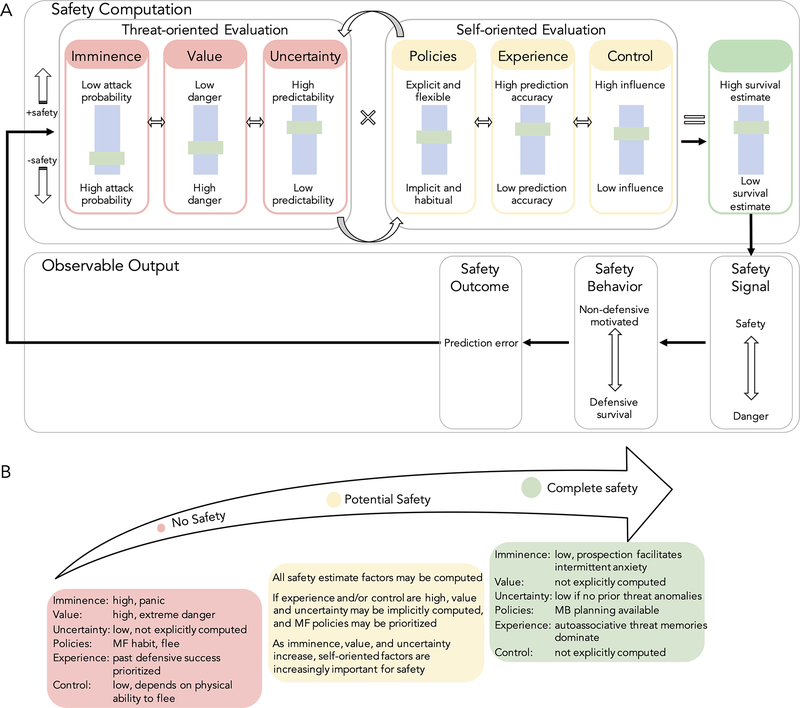Figure 2, Key Figure. Safety Decision Model components and computational flexibility across the safety continuum.
A. A hypothetical rendering of the Safety Decision Model components underlying safety computation. Solid black arrows indicate temporal influence. Evaluative components exert bidirectional influence on other lower-level features. Safety computation: Relative titrating of threat- and self-oriented evaluative components are integrated in estimates of survival to compute perceived safety. Safety signal: Distinct predictions about survival success are encoded at the neural level. Safety behavior: As safety increases, non-defensive survival behaviors are prioritized. As safety decreases, threat monitoring and defensive behaviors increase, suppressing non-defensive motivated behavior. Safety outcome: Prediction errors are integrated to update future safety computations. B. Safety computation factors are proposed to vary in the extent to which they are processed along the safety continuum.

